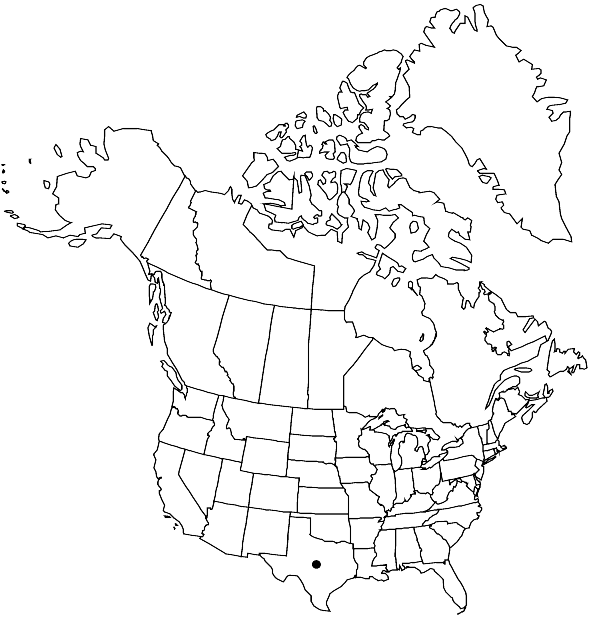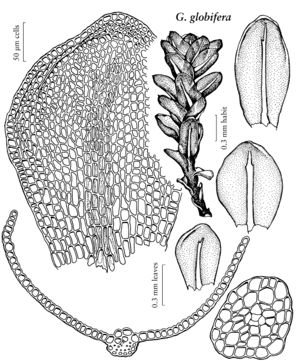familyPottiaceae
subfamilyPottiaceae subfam. Pottioideae
genusGlobulinella
speciesGlobulinella globifera
Difference between revisions of "Globulinella globifera"
J. Wash. Acad. Sci. 36: 221. 1946,.
Basionym: Seligeria globifera Hampe Bot. Zeitung (Berlin) 28: 49. 1870
Synonyms: Globulina globifera (Hampe) Brotherus
FNA>Volume Importer |
imported>Volume Importer |
||
| Line 55: | Line 55: | ||
|publication year= | |publication year= | ||
|special status= | |special status= | ||
| − | |source xml=https:// | + | |source xml=https://bibilujan@bitbucket.org/aafc-mbb/fna-data-curation.git/src/bb6b7e3a7de7d3b7888a1ad48c7fd8f5c722d8d6/coarse_grained_fna_xml/V27/V27_875.xml |
|subfamily=Pottiaceae subfam. Pottioideae | |subfamily=Pottiaceae subfam. Pottioideae | ||
|genus=Globulinella | |genus=Globulinella | ||
Revision as of 22:37, 27 May 2020
Leaves somewhat crowded above, 0.5–1.5 × 0.3–0.8 mm; distal adaxial cells enlarged and bulging above; costa with 2–4 guide cells. Seta twisted clockwise, 6–8 mm. Capsule 0.6–1.0 mm; operculum conic-rostrate, inclined, 0.5–0.8 mm; peristome teeth 16, cleft and irregular, erect from very short basal membrane. Calyptra to 1 mm. Spores light brown.
Phenology: Capsules uncommon, maturing fall (Sep–Dec).
Habitat: Calcareous rock, mostly in crevices or rock faces, arid grassland or woodland situations, in pure colonies or gregarious with Crossidium, Aloina, or Barbula
Elevation: moderate elevations
Distribution

Tex., Mexico, Central America.
Discussion
Globulinella globifera occurs at isolated sites along the Texas-Mexico border but should be expected on calcareous rock in other parts of the Southwest.
Selected References
None.
Lower Taxa
None.
